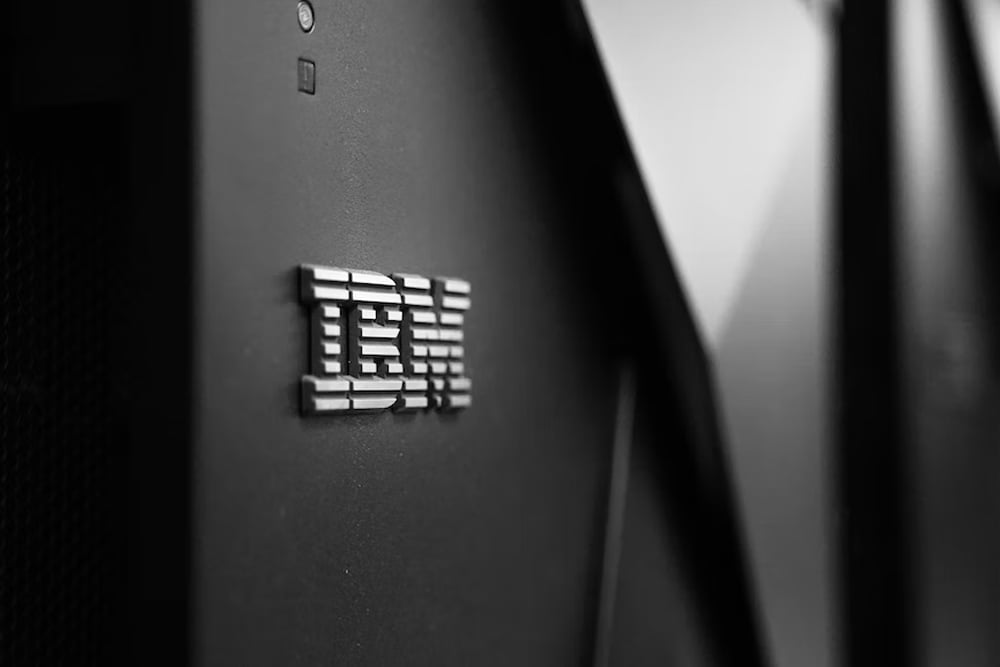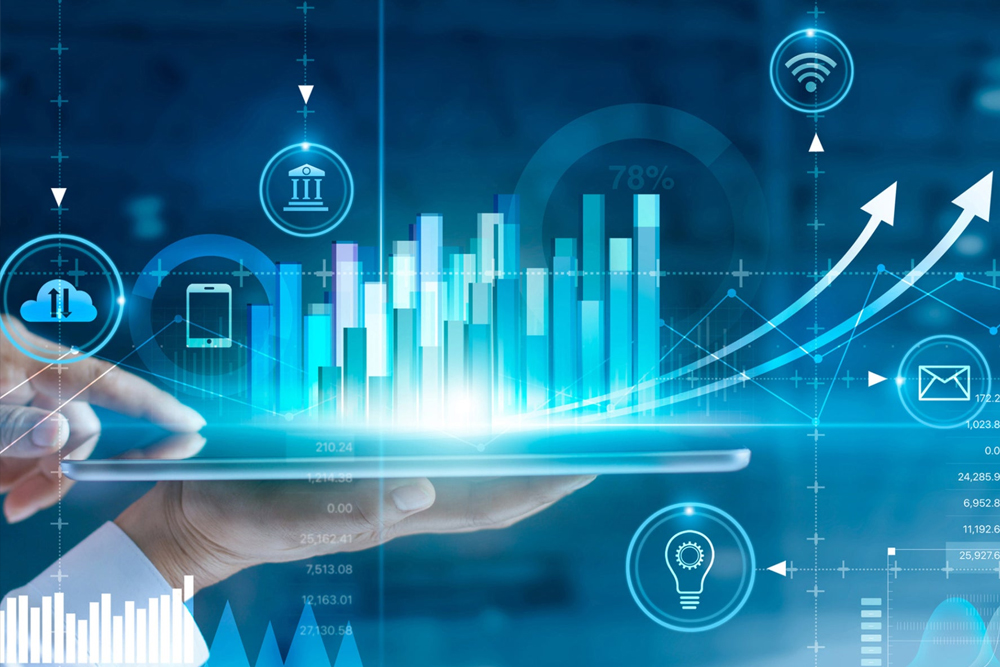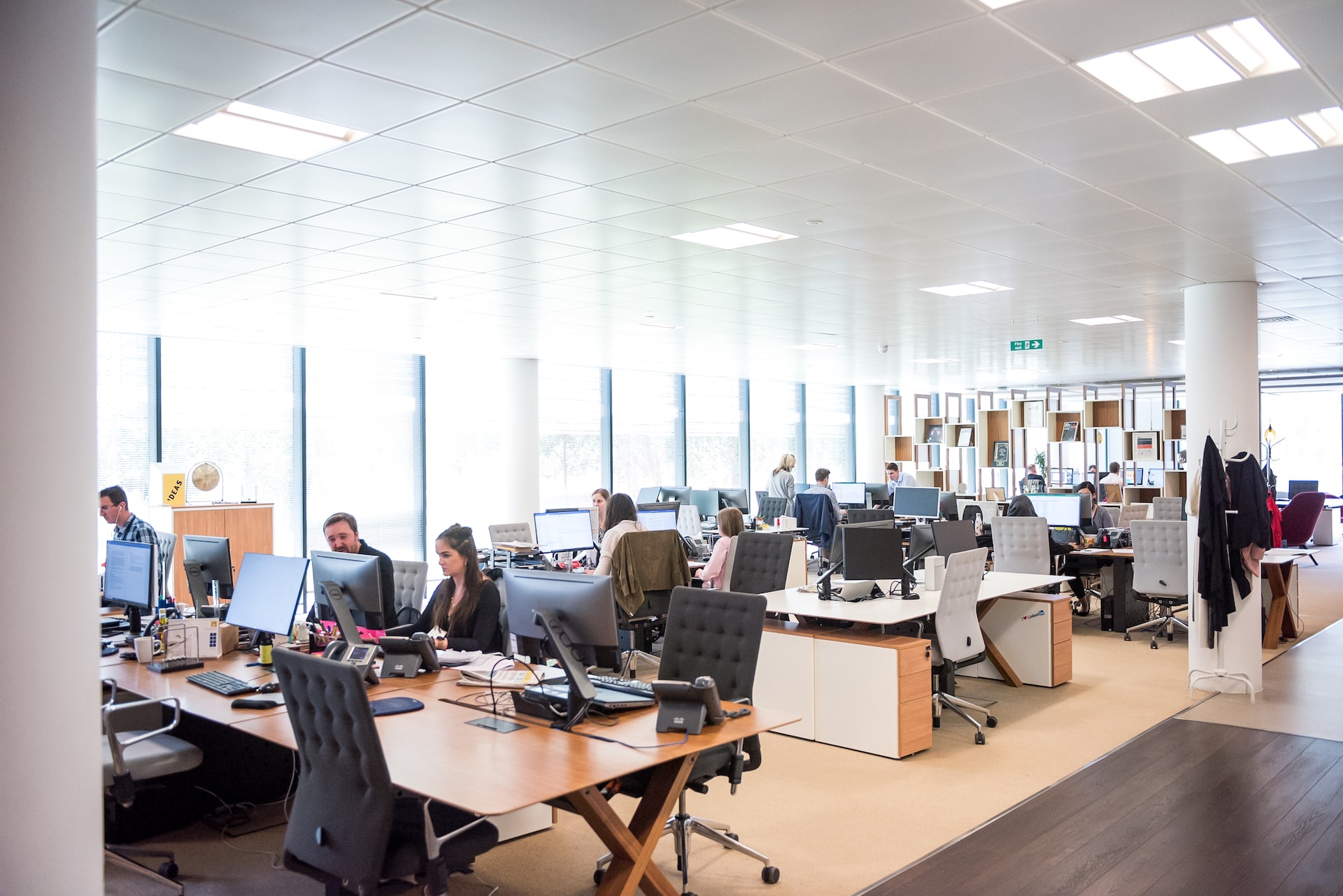“We are entering a new world. The technologies of machine learning, speech recognition, and natural language understanding are reaching a nexus of capability. The end result is that we’ll soon have artificially intelligent assistants to help us in every aspect of our lives.” –Amy Stapleton
Talking to computers in the way we talk to each other—is one of the biggest dreams for humans for years! Now, we have made that dream become reality. Speech recognition laid communication lines between humans and technology and has become an integral part of our life, for instance, voice interfaces reaching up our mobile phones, Televisions, automobiles, etc. Now, we can talk to our devices and ask them to call a friend, provide weather updates or even send a mail to the boss. But, did we ever think that speech recognition will make its entry into the healthcare industry? If yes, what impact does it exerts? Well, if you want to know how voice recognition has made its way to healthcare and how it is changing the dynamics of the industry? Keep reading.
In the coming sections, we are going to discuss more on speech recognition technology (SRT), its applications in the healthcare industry and how it is beneficial for healthcare professionals?
Debunking Speech Recognition Technology (SRT)
“The global Speech recognition software market is expected to reach $16 billion by 2023 with a CAGR rate of 16%”

“Speech Recognition” refers to the ability of a program or machine to detect and understand the words and phrases of a speech via devices, for example, microphones; and convert them into digital format using customized speech recognition software. Simply put, it is the ability to convert speech to written text. In place of the keyboard and mouse, the voice is used by the users and the software types the speech as they are speaking. Alexa and Siri are great examples of SRT that are in use today.
Though, speech recognition is pretty new to the customers; its inception dates back to decades. In 1952, Bell Laboratories has designed the first speech recognition system named “Audrey” that has the ability to capture only digits from a single voice. After that in 1961, IBM Shoebox is developed by an engineer and has the ability to identify 6 control words and 10 digits which stood as a major milestone in the development journey of speech recognition technology. Of course, it’s an old story.

More often, Speech Recognition is confused with Voice Recognition. Though, both the technologies use human voice recordings, conceptually they are not alike. Voice Recognition Technology (VRT) refers to the process in which an individual’s voice and its characteristics are recognized by the system, while Speech Recognition Technology (SRT) helps identify patterns and transforms them into something else, for example, text format. In simple words, VRT focuses more on the “who” part while SRT’s focus is mainly on “what”.
Applications for speech recognition technology in hospital setting
“The United States is the early adapter of Speech Technology and is the forerunner in the market”
“Healthcare industry started using speech-recognition technology for medical reporting in early 1994,'' says National Institutes of Health.
However, the adoption of SRT has progressed at a slow pace mainly due to two reasons:
The first one: Physicians are reluctant to shift from the traditional method of performing their duties. The second one: the limited ease-of-use of the initial generation of SRT systems. The initial technology mandated physicians to first ‘learn’ how to talk in such a way that can be easily captured by the computer, instead of computer learning how to ‘listen’ to the physician. The physicians are urged to adapt to the new technology and change their speaking style, and in addition, the very limited vocabulary of the SRT system poised additional challenges.
Nowadays, the quality of speech recognition has increased significantly, thanks to technological advancements. Now, the voice recognition systems are capable of understanding medical terms and terminology allowing physicians and nurses to transcript medical reports with minimal errors and increased cost-benefits.
According to “Modern Healthcare”, a leading healthcare news source
“Speech recognition technology (SRT) is making the lives of nurses easier because the typical spend of time by nurses on documentation is more than they spend on patient care due to the hassle of manual documentation.”
The adoption of SRT is highly beneficial for the healthcare industry, ranging from cost- effectiveness to time-savings. Firstly, the physicians can spend their time more productively by eliminating the time wastage in transcription using speech recognition software. With this technology, the dictation becomes faster which is especially proven to be highly beneficial while typing long medical reports, plus the high accuracy that this technology is exhibiting these days is a brownie point. Next, it optimizes the productivity and efficiency in the hospitals, as physicians can see more and more patients in a day while using SRT, in contrary to the traditional way. Also, it significantly reduces the time required for the physician to retrieve the patient information, enabling efficient cross-departmental communication.

Minimal paperwork & more time to provide better care for Patients - the need of the hour
The implementation of SRT in the hospitals can greatly help physicians to make prompt decisions and provide quality care; since it permits them to focus more on patients, document and share records immediately, hence enhances the overall patient experience.
Speech recognition is transforming the way healthcare systems work in different medical environments as it provides a user-friendly environment for physicians and nurses to work effectively and it is a promising solution for medical transcription. Many hospitals are using SRT due to the flexibility and benefits it provides. Healthcare professionals are also finding it interesting as they can focus on things that matter the most to them i.e., patient care. Every new technology including SRT faces some friction initially and is surrounded with some challenges which can be surpassed over time with the advancement of technology and with an increased reception from the healthcare professionals. A long road ahead for SRT!
Interested on ‘Speech Recognition software’? Not sure where to start? We’re here to help you. EverMethod is a leading Speech Recognition solution provider with expertise in ML, AI, RPA and customized software solutions designed around healthcare. Click Here to get in touch with us.
References
https://en.wikipedia.org/wiki/IBM_Shoebox
http://www.modernhealthcare.com/article/20151212/MAGAZINE/312129980
https://www.marketresearchfuture.com/reports/speech-recognition-market-1815




